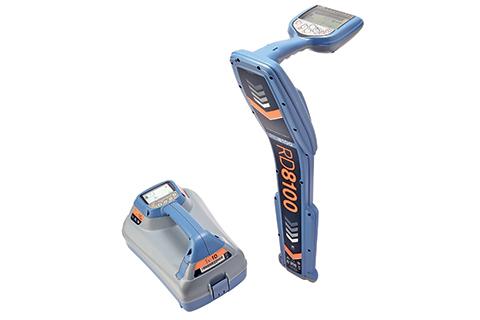When it comes to construction, utility maintenance, or any fieldwork that requires digging, one of the primary concerns is avoiding underground hazards. Striking a buried utility line not only poses a risk to worker safety but can also lead to costly repairs and service disruptions. This is where Radiodetection equipment comes into play, offering a reliable solution for locating and avoiding underground utilities. In this post, we’ll explore some best practices for using Radiodetection equipment, with a focus on the Radiodetection RD7200, to ensure safety and efficiency on the job site.
1. Understand Your Equipment
Before you start using any Radiodetection equipment, it’s crucial to understand how it works and its capabilities. The Radiodetection RD7200 is known for its precision and ease of use in locating underground utilities. It features a range of frequencies that can be adjusted based on the type of utility you’re trying to locate, whether it’s gas, water, electricity, or telecom. Familiarize yourself with the device’s settings, controls, and how to interpret its signals accurately.
2. Conduct a Thorough Site Survey
Before any excavation work begins, conduct a thorough site survey using your Radiodetection equipment. This involves scanning the proposed excavation area to identify and mark the location of all underground utilities. The RD7200’s precision allows for detailed mapping, ensuring that you have a clear understanding of where it’s safe to dig.
3. Use the Correct Frequency
One of the key features of the RD7200 is its multi-frequency capability. Different utilities respond better to different frequencies, so selecting the right one is crucial. For instance, lower frequencies are typically better for long-distance locates on conductive utilities, while higher frequencies may be more effective for locating utilities in congested areas. Experimenting with frequencies on your RD7200 will help you achieve the best results.
4. Maintain Your Equipment
Like any sophisticated tool, Radiodetection equipment requires regular maintenance to function at its best. This includes checking the batteries, ensuring the software is up to date, and regularly calibrating the device. Proper maintenance ensures that your RD7200 remains reliable and accurate, reducing the risk of missing a utility line during a survey.
5. Training and Practice
Effective use of Radiodetection equipment, especially a model as advanced as the RD7200, requires proper training and practice. Ensure that all personnel who will be using the device are thoroughly trained in its operation, safety procedures, and best practices for underground utility detection. Regular practice sessions can help users become more proficient and confident in their ability to accurately locate utilities.
6. Know Where to Find Equipment
For those looking to acquire Radiodetection equipment, it’s important to know where to find reliable sources. The Radiodetection RD7200 for sale can be found through authorized distributors and specialty construction equipment suppliers. Purchasing from a reputable source ensures that you receive a genuine product, along with the necessary support and warranty.
Conclusion
Avoiding underground hazards is a critical aspect of many field operations, and having the right tools for the job is essential. By following these best practices with Radiodetection equipment, particularly the RD7200, you can enhance safety, efficiency, and reliability in your underground utility locating efforts. Remember, the key to successful utility detection lies not just in having advanced equipment but in knowing how to use it effectively.

